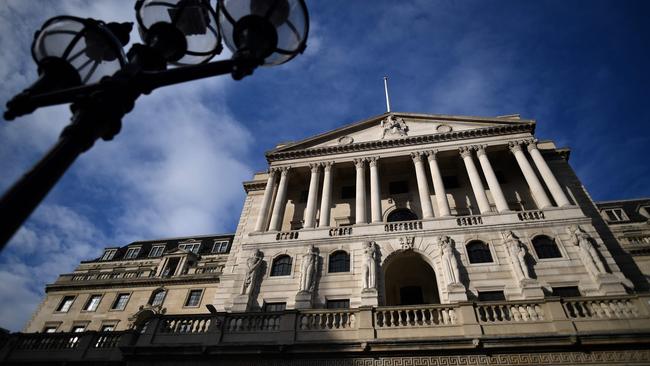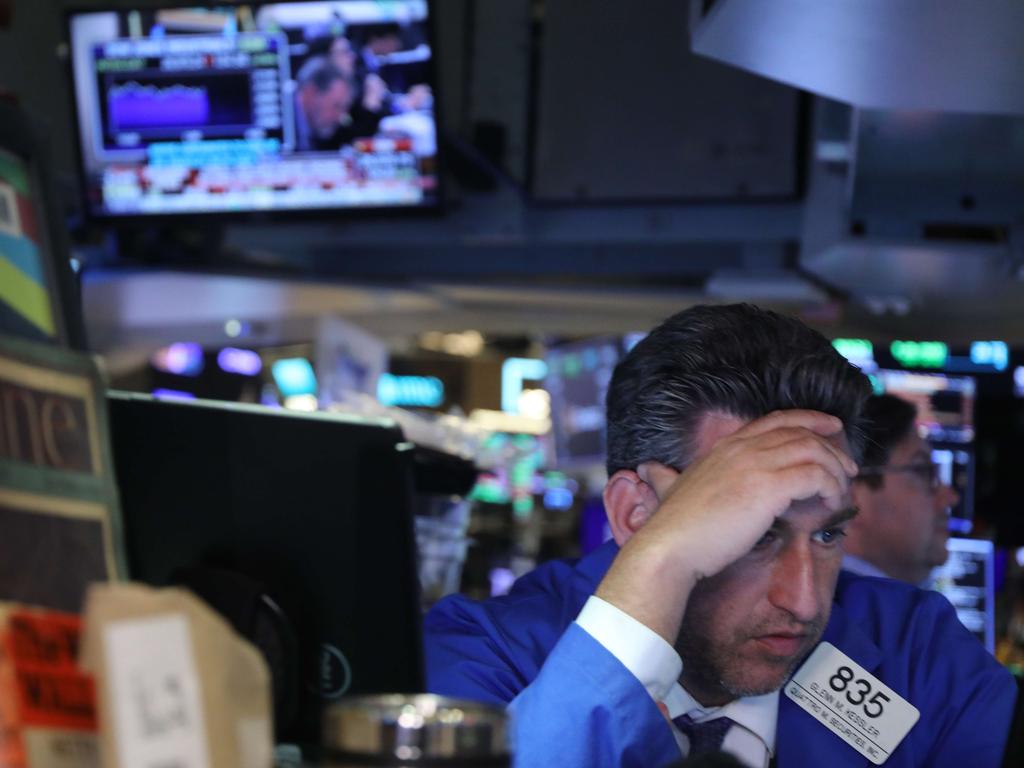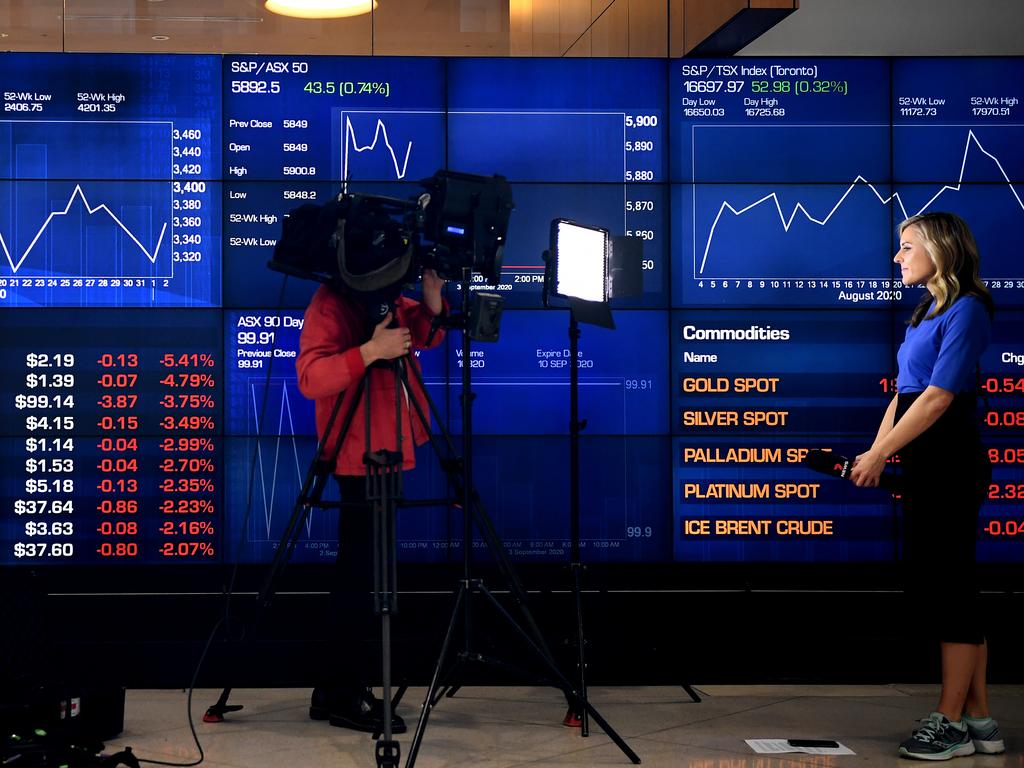Central banks muddy the monetary waters

As economists scrawled red all over their forecasts, replacing projections for final-quarter growth with warnings of a deep contraction and more job losses, investors reacted with all the concern of a dozing cat.
Ahh, some said, it was the “blue wave” trade: the prospect of a Biden presidency. But stocks continued their rally as Trump defied the polls to surge into contention. Economic indicators across Europe fell precipitously as companies pulled down the shutters. Yet equities plodded higher. In a period of huge uncertainty, markets were remarkably cheerful.
Something else was driving sentiment and that was economic stimulus. Markets believed that a Democratic sweep of the presidency and both houses of congress would unleash a multi-trillion-dollar COVID rescue package. If either Biden or Trump were to win without control of Congress, the US Federal Reserve would be forced into rate cuts and quantitative easing. In Britain and the eurozone, a second lockdown had guaranteed more QE. Bad news is no longer bad news in the markets because policymakers won’t allow it.
The point was underscored in March, when the “dash for cash” caused a panic that nearly triggered a market failure. In the fortnight before lockdown on March 23, the FTSE 100 crashed by 27 per cent. On March 19, with core bond markets in turmoil after government borrowing costs quadrupled in a couple of days, the Bank of England stepped in with £200bn ($360bn) of QE. Over in the US, in the space of less than a month, the Fed would pledge to print more money than the $US2 trillion ($2.75 trillion) of cash in circulation in the whole of America. The European Central Bank also waded in with unlimited QE. It worked. Markets steadied.
Central banks had rescued every trader, insurer, banker and hedge fund. They did so to rescue the economy. Had they not stepped in, businesses would have gone bust as their cash ran out. Money market funds, which act like immense current account providers for institutions, would have barred withdrawals, multiplying the panic. Closed bond markets would have threatened governments’ ability to fund rescue schemes such as furlough. Share prices could easily have halved again. Markets are the heartbeat of the economy and, in March, they had a seizure.
Central banks had no choice but to defibrillate them back to life, but in doing so they sent a signal that, just like the banks in 2008, markets are “too big to fail”. Their interventions confirmed what traders had long known: there is a price floor for assets. While a worker may lose everything, investors will only ever lose as much as policymakers can bear. The March stimulus went beyond any safety net that those in the real economy would expect. We might call it market welfare; for financiers it is the “central bank put”.
This implicit state guarantee was originally dubbed the “Greenspan put”, after the former Fed chairman who flooded markets with liquidity to prop up prices and halt the 1987 stockmarket crash. Safety nets are necessary, but, as the concept of moral hazard conveys, unless people bear the consequences of their actions, they will take ever greater risks. The 2008 crisis, when banks were bailed out after taking ruinous bets, was the inevitable final act of the Greenspan put. In the subsequent decade, regulation was overhauled to remove moral hazard. In this crisis, banks stood the test; markets did not.
Yet the problem is deeper still. Central banks do not have instruments to intervene directly in markets. In March they could have printed money and flooded the banking system with a temporary cash injection, but banks did not need the cash and had no means of pushing it through to the institutions that did. Central banks were left with one option, to print money and buy the assets that investors were flogging: government and corporate bonds. In other words, they commenced QE. Not for economic stability, as it had been understood since 2008, but to maintain market functioning.
That March intervention, on a scale never seen before, has muddied policymaking waters. Any other temporary financial intervention would have been withdrawn once the crisis had passed, but the Bank of England cannot pull QE because it is primarily a monetary policy tool. Selling the £200bn of gilts announced in March would be seen as tightening, like raising interest rates, and would have pushed up borrowing costs just when they need to remain low. So the QE remains.
Market stability and monetary policy have been entangled by the pandemic, complicating the bank’s core remit. Having committed to buy £450bn of assets this year, taking its QE stock to £895bn, half of all eligible government bonds, the bank has headroom for only £100bn more under its self-imposed limits, although that will rise as the government borrows more. This dwindling policy headroom is surely why policymakers are exploring the option of negative rates.
To untangle market and monetary policy, the Bank of England needs a new tool that is distinct from QE, but no self-respecting regulator would create a rescue instrument that formalises the central bank put. Doing so would entrench moral hazard, encourage riskier behaviour and result in more costly bailouts.
A new tool that ensures that markets have liquidity in a crisis must come with a quid pro quo: more intrusive regulation and penal charges. Money market funds, hedge funds and other non-bank financial institutions are facing tougher rules.
By requiring the mother of all bailouts in March, markets messed up policymaking, revealed deep-seated threats to the economy and changed the rules of engagement with regulators. The price they pay may be the central bank put.
The Times







Stockmarkets could scarcely have been more phlegmatic about England’s second lockdown. When London markets opened last Monday, two days after learning that Britain was joining France and Germany in another nationwide pandemic-induced closure, leading shares climbed 1.8 per cent. Then another 2.3 per cent on Tuesday.